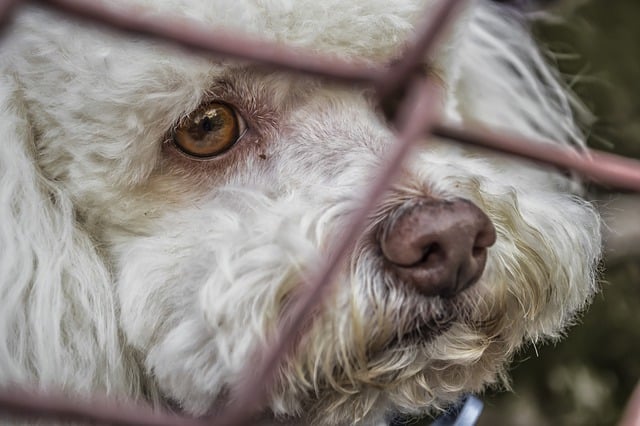If you are in a state of panic and are currently searching for home remedies for your dog who had a complete change in behavior and routine, you might have missed a common problem that they go through but often goes unnoticed: dog depression.
You might not believe it, but your dogs could be suffering from depression too. These furry friends need TLC If you have noticed these signs that show that your dog is depressed.
Table of Contents
1. Withdrawal and Inactivity

As humans, most of us are capable of adapting well to small tweaks and alterations to our daily routine.
If last year, we stayed indoors because of the pandemic, this time, we may be back to our daily jobs, which means we do not stay at home as often as we were.
Perhaps, your child, who previously was the best friend of your dog, had to go back to college.
For us, this is a normal thing in life; however, for dogs whose lives greatly revolve around routines, this may be stressful to them.
The first sign of depression in dogs is withdrawal and inactivity. You might have the most energetic golden retriever before, but now he might be too lethargic and unmotivated.
2. Appetite Changes

A classic sign of depression in dogs is appetite changes. Some dogs lose their interest in food and some might eat more than what they usually do to find comfort in meals.
If you know that your dog underwent stressful activities mentioned above, or even as simple as getting vaccinated or getting groomed for the first time, you may try to spoon feed them or give them their favorite food to encourage them to eat.
If your dog eats more than what he usually does, you can get a slow feeder for dogs to make them eat slower and make sure that your dog gets enough exercise within the day.
Appetite changes could occur if your dog is depressed and this might lead to health problems if it is not corrected.
They might suffer from excessive weight loss or obesity, which are both detrimental to their health.
3. Hiding

Especially if you have just moved out to a different house, or a puppy had just been rehomed, your dog could be hiding behind places such as behind the couch or the door.
Avoidance and hiding, on the other hand, could mean two things: depression or injury.
It is still best to have your dog checked to know if he or she has underlying conditions that may have caused him or her to do this.
4. Licking Their Paws

To soothe themselves, depressed dogs might be excessively licking their paws.
If you see your pet doing this, examine first their paws and check if there are other things bothering them such as ticks or fleas, and if there are none, he might be needing some extra playtime and attention from you.
5. Change in Sleeping Habits

Dogs normally sleep during the day, but excessive sleeping might be seen in depressed dogs.
If they have been used to your presence for a long time, and you suddenly have to leave for work or school, your dog may manifest this sign.
Usually, during your absence, dogs resort to two things: destructive behavior due to boredom or separation anxiety, or oversleeping.
Oversleeping for dogs is not as harmful as the other signs of depression for dogs, but you can fix this problem by giving them interactive and rewarding toys such as kong and treat-dispensing toys.
6. Loss of Interest

If your dog doesn’t want to go for walks anymore, or refuses to play with their favorite toys, they might be suffering from depression.
Giving them new toys, training them, and teaching them new tricks could be very helpful to help them recover.
The saddest part about dog depression is that they could never talk about it. They can’t seek help from a psychiatrist or simply share their emotions.
However, regularly playing with them, spending a lot more time with them and getting morning or afternoon walks could definitely help.
It is also best to seek a veterinarian’s help since other signs stated above could have been caused by other untreated illnesses that they might have.
Related Posts:
Why You Should NEVER Do This When Leaving Your Dog Home Alone

